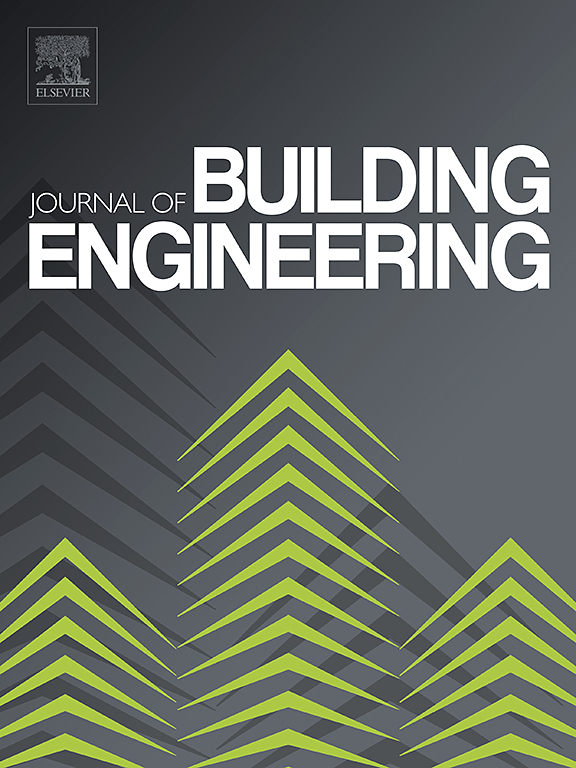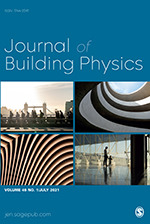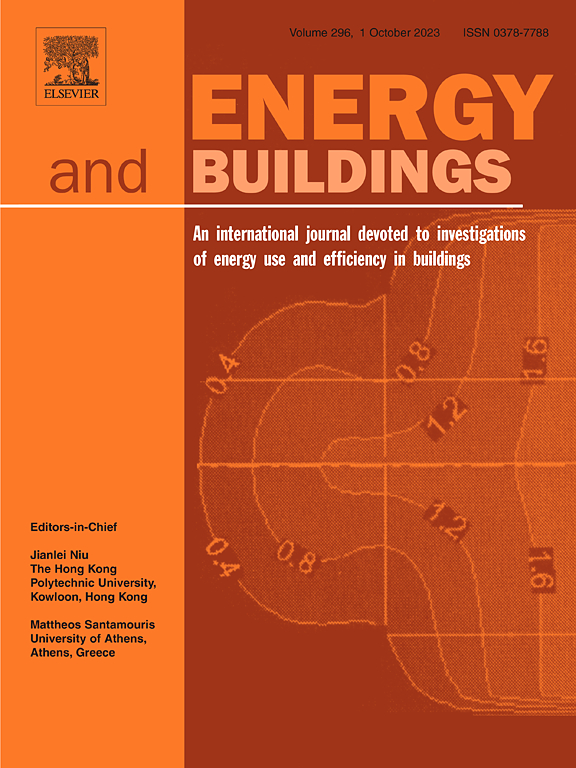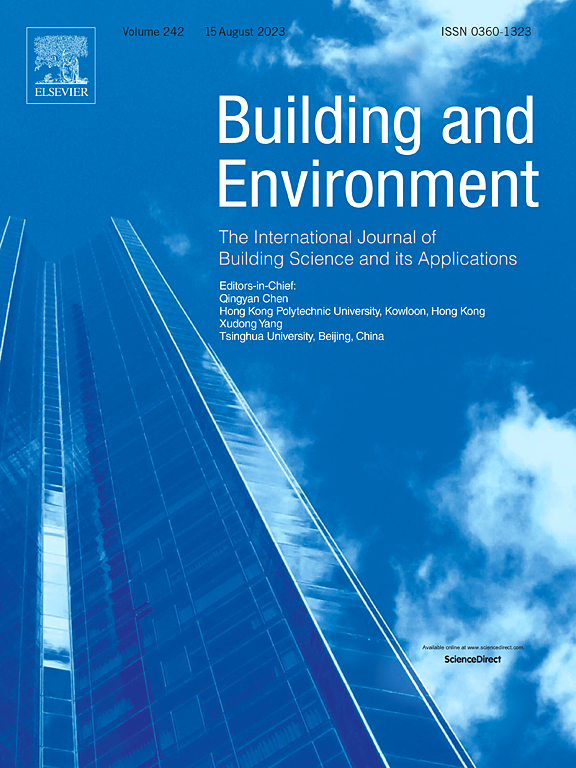Authors: Hernandez-Cruz, Pablo a, Flores-Abascal, Ivan a , Hidalgo-Betanzos, Juan María b, Almeida, Manuela c, Erkoreka-González, Aitor a
a ENEDI Research Group, Energy Engineering Department, Faculty of Engineering of Bilbao, University of Basque Country UPV/EHU, Plaza Torres Quevedo 1, Bilbao, Spain
b ENEDI Research Group, Department of Energy Engineering, University of the Basque Country (UPV/EHU), Nieves Cano 12, Araba, 01006, Spain
c University of Minho, ISISE, ARISE, Department of Civil Engineering, Campus de Azurém, Guimaraes, 4800-058, Portugal
Journal of Building Engineering, December 2024
Keywords: Social housing buildings, Building renovation, Climate change, LCIA, Real consumption

Impact Factor: 6.7
Abstract: The renovation of social housing buildings, a priority for the European Union, must be assessed under a Climate Change (CC) context. This work, centred on the user and the environmental impact, analyses the climate resilience of the renovation of the social housing building stock of the Basque Country, located in Northern Spain. In this region, characterised by cold winters and mild summers, CC projections indicate a moderate warming even in the worst-case scenario. The assessment of passive renovation actions indicates that reducing heating demand is key no matter the CC scenario. The reduction achieved in heating demand with deep passive renovations is up to 82.2 % when the worst CC scenario is considered. Indeed, since low-income tenants occupy these buildings, it has been found that global warming would help users achieve indoor standard conditions in a more effective way than with passive renovation actions. Consequently, to improve indoor conditions independently of the CC scenario, active renovation measures must also be considered. Furthermore, the thermal comfort analysis proved that the risk of overheating in this region is negligible, with less than 4 % of the yearly hours above 26 °C. Finally, the Life Cycle Impact Assessment shows that the environmental impact of the renovation is short when compared to the impact of the operational stage. The use of conventional or ecological materials during renovation would save up to 6.5 % of Non-Renewable Primary Energy Consumption and 3.7 % of CO2 emissions during the life-cycle of the building.


